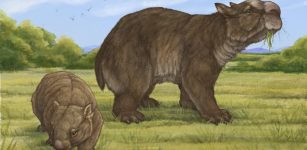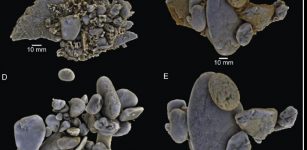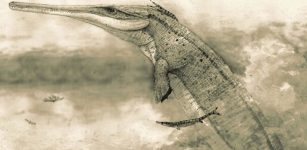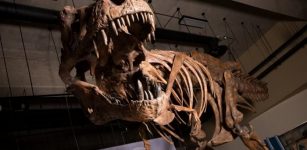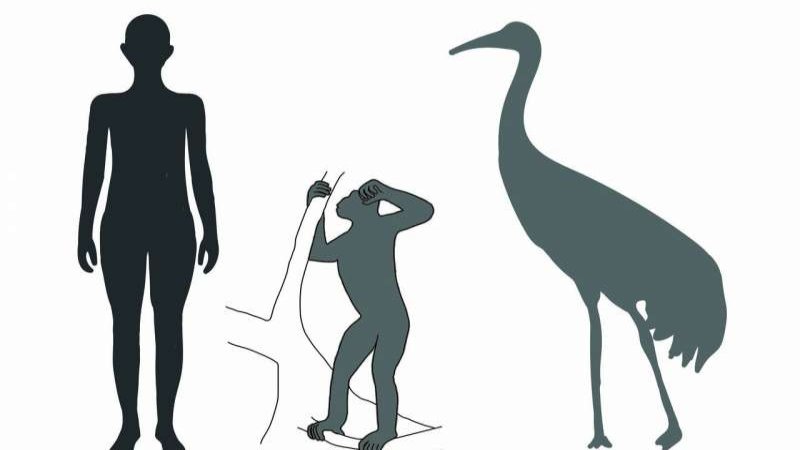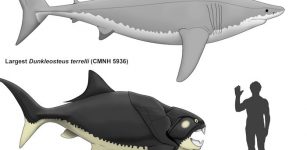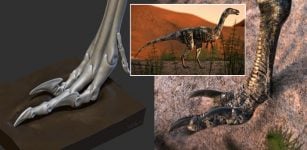Ancient Transylvania Was Home To Giant Flying Reptiles With A Wingspan Of 32 Feet!
MessageToEagle.com – Many people associate Transylvania with the famous, brutal and yet fair ruler Vlad III, often called Dracula and castles like Bran Castle, a Gothic fortress associated with the legend of Dracula.
Located in central part of Romania, Transylvania is a place rich in history. We have learned about many intriguing ancient discoveries in this part of the world. For example, in a Carpathian Mountain cave, archaeologists discovered 36,500-year-old footprints that can re-write history.
Parts of Transylvania were occupied by the mysterious Cucuteni-Trypillian culture that burned their settlements for unknown reasons. Transylvania is the largest region of Romania and probably the best known one.
Transylvania offers a unique mix of cultures, nature and history and new discoveries shed more light on region’s fascinating ancient history.
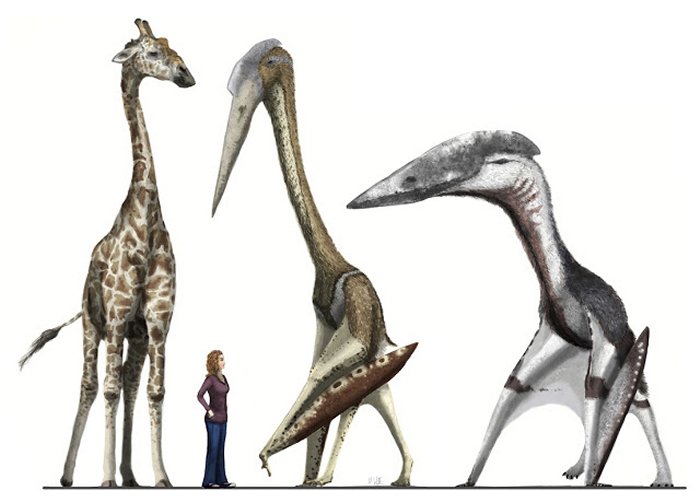
Several incredible now long extinct animals once roamed Romania. One of the was a giant pterosaur – a toothless flying reptile with 32 feet (10 meter) wingspan!
According to paleontologists this giant flying reptile may have been the dominant predator in ancient Romania.
The creature has a considerably shorter and stronger neck with larger muscles than the long graceful necks of others in its species.
The giant reptile known as Hatzegopteryx, which belongs to the flying reptile group Azhdarchidae was a formidable carnivore and major predator that terrorized dinosaurs and other prehistoric animals of Cretaceous-age Transylvania.
Dr Mark Witton, from the University of Portsmouth and Dr Darren Naish from University of Southampton have examined several fossilized remains of the creature.
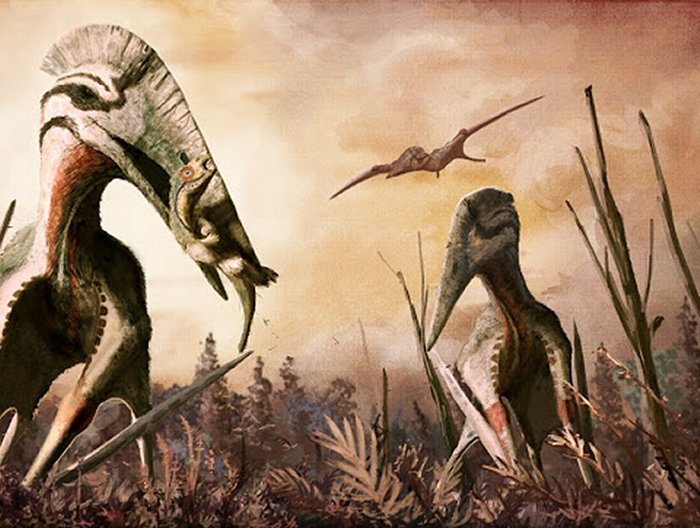
Usually this species’ tubular neck bones give them extremely long necks, over 2.5 meters in length in the largest species. However, the researchers suggest Hatzegopteryx had a considerably shorter and stronger neck, and with larger muscle masses.
Other remains of Hatzegopteryx include a jaw joint indicative of a half-meter wide skull and reinforced limb bones. Dr Witton suggests that the proportions and structural reinforcement of all these elements are unlike those of any other azhdarchid species and would have made Hatzegopteryx a powerful and dominant predator.
See also:
10 Great Ancient Mysteries Of Romania
Secrets Of The Pineal Gland: Our Ancestors’ Third Eye And Its Link To Mammal Evolution
Fossils Of Giant 50-Million-Year-Old Pelagornithid Bird Discovered In Antarctica
The Truth About Dodo – An Extinct Flightless Brainy Bird
Giant Flightless Bird With A Head Size Of A Horse’s Lived In The Arctic
“The difference in structural properties between giant azhdarchid neck bones is remarkable — they’re in different biomechanical leagues, with Hatzegopteryx many times stronger than anything else on record.
This, along with our calculations of neck length and muscle mass, suggests giant azhdarchids may have been radically different in appearance and behavior.
The large, reinforced skeleton and muscle power would have made it a formidable predator of other animals when stalking ancient prairies and woodlands. It may have even been capable of attacking animals too large or vigorous for other flying reptiles, even the other giants,” Dr Mark Witton said.
Hatzegopteryx lived in a peculiar island ecosystem where many of the dinosaurs were dwarfed or belonged to relict lineages extinct in the rest of the Cretaceous world.
“Ancient Transylvania was a strange place for a number of reasons, including the fact that we’ve yet to find evidence of large predatory animals that lived alongside Hatzegopteryx, such as giant carnivorous dinosaurs. This is despite centuries of sampling.”
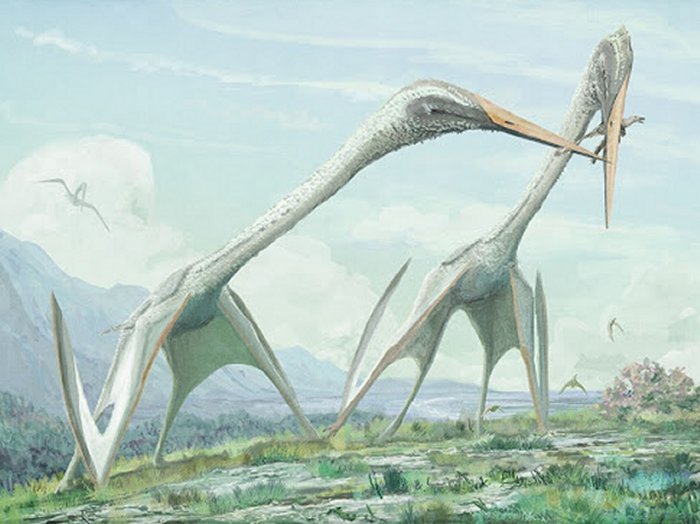
The study thus potentially provides an answer to a mystery about life in Late Cretaceous Romania. The word Cretaceous comes from the word for “chalk” and the geological remains do indeed contain heightened chalk deposits. The Cretaceous period marks the end of the age of Dinosaurs with what is known as the Great Extinction.
“Perhaps without large predators to challenge them, this island provided an opportunity for giant pterosaurs, already formidable animals to become the dominant predators,” Dr Witton said.
It is worth mentioning that the Pelagornis Sandersi – the world’s largest bird had a wingspan of 24 feet. It seems like much, but it’s really nothing compared to the Hatzegopteryx that was present in ancient Transylvania.
MessageToEagle.com
Expand for references
